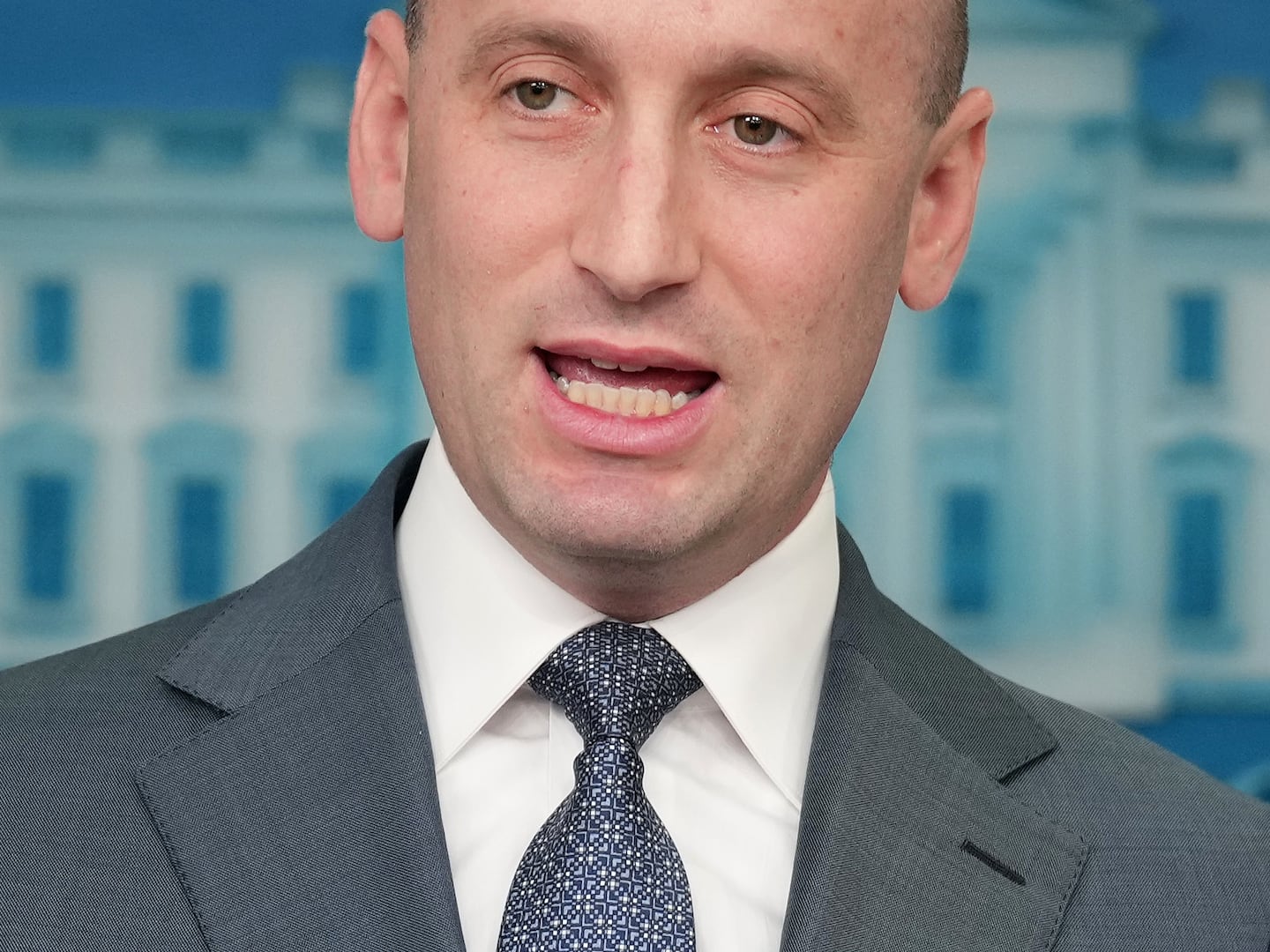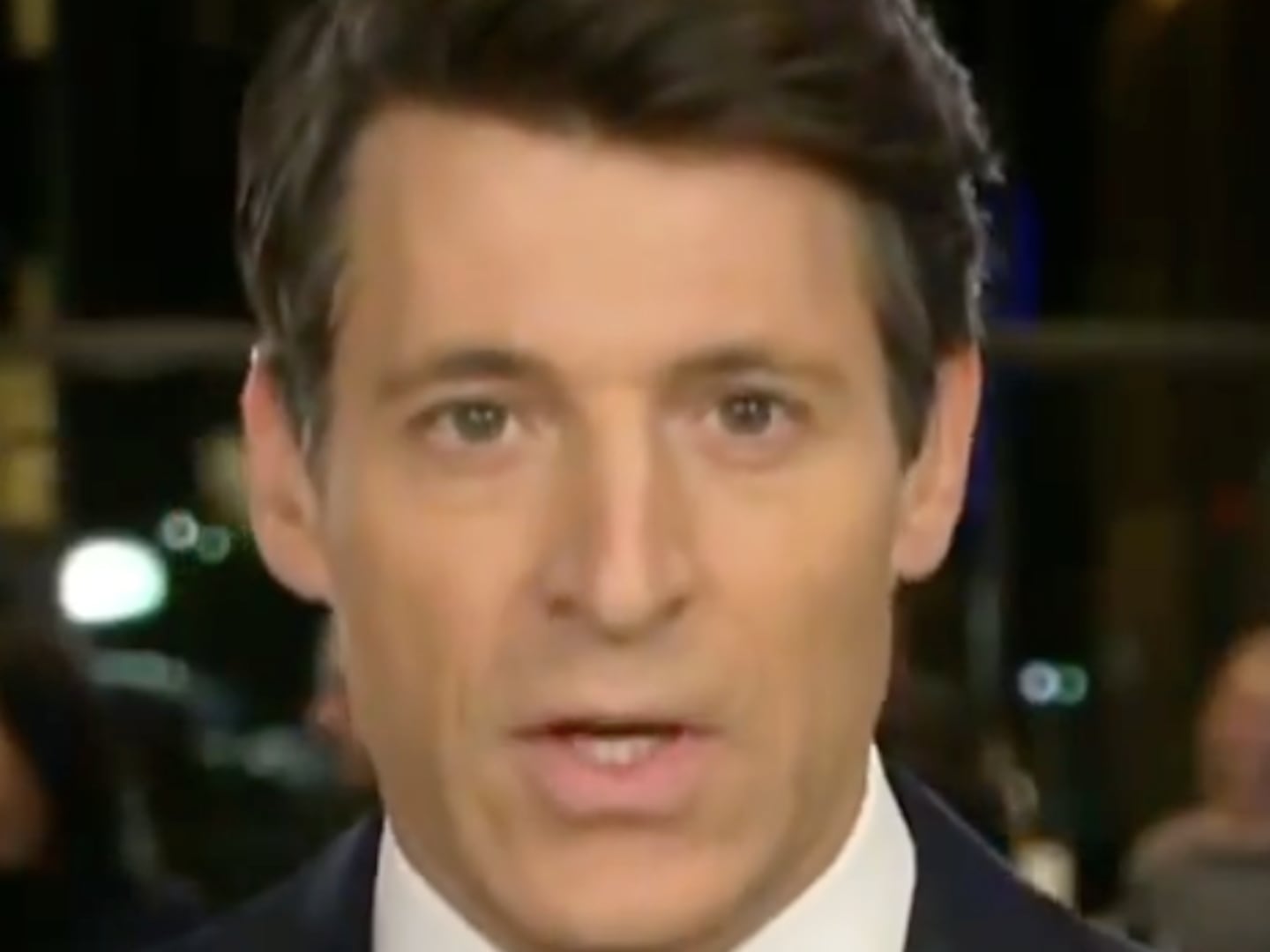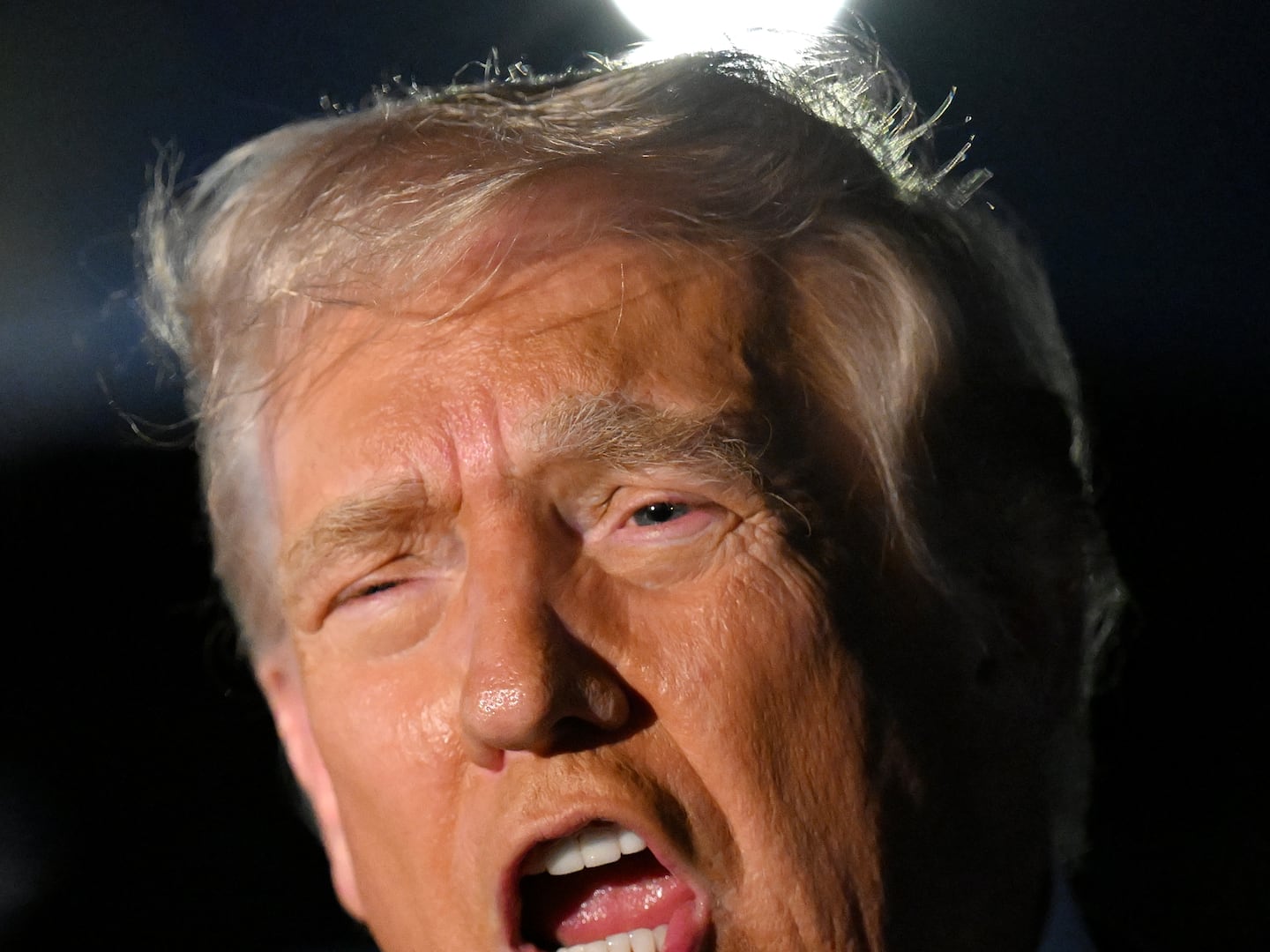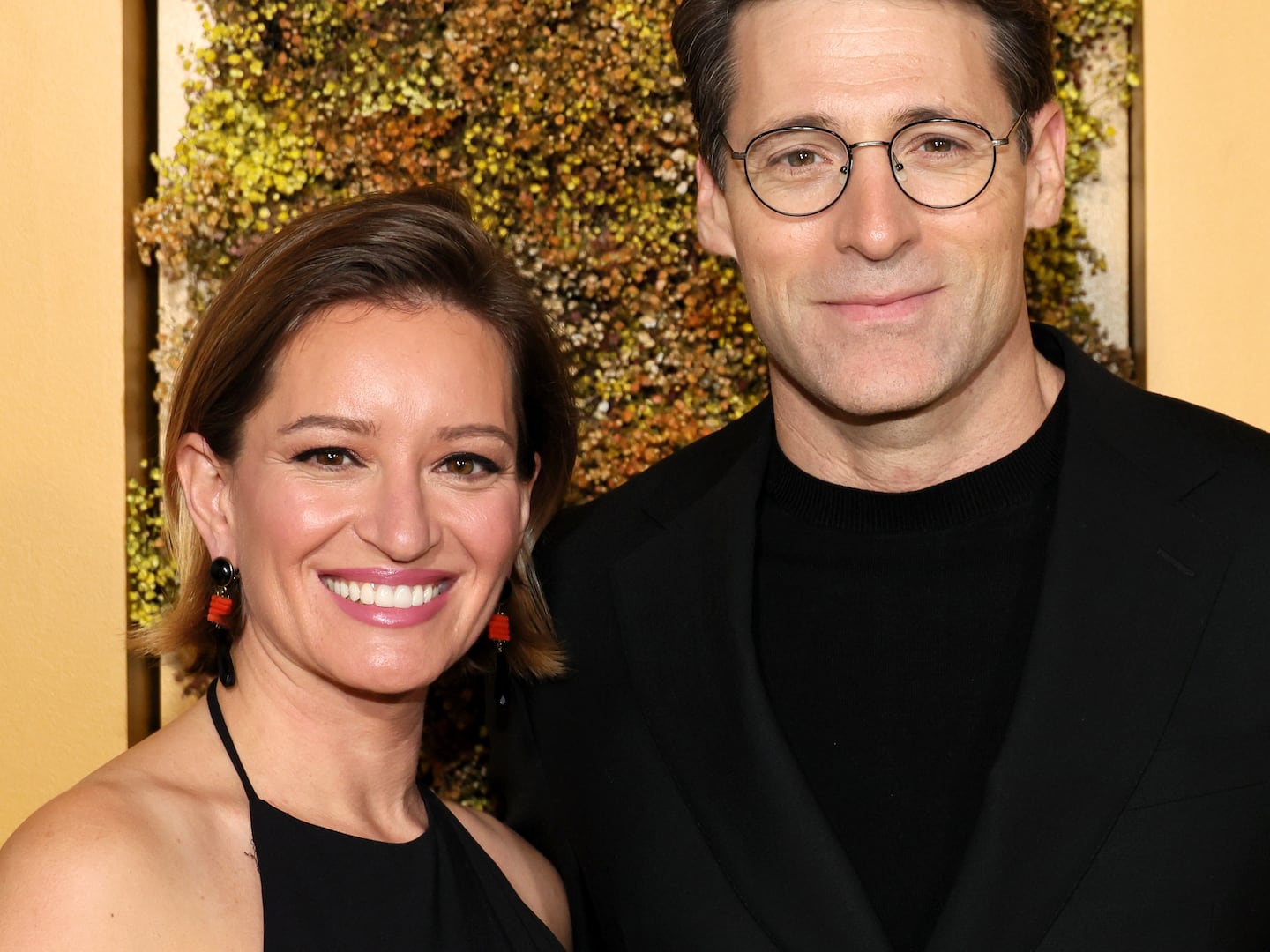From Midtown’s Michelin-starred cathedrals of fine dining to the multicultural ethnic food scene in Queens, New York City is a place of eating.
With its vast array of restaurants, its rich culinary histories and overlapping culinary identities, not to mention its apartments too small for kitchen tables (more reason to hit the local noodle shop), food culture is an indelible part of the city’s public life.
But the Big Apple is missing a fundamental ingredient that could make it even better as a gastro hub: a great, year-round, indoor public food market.
Seattle has Pike’s Place. Montreal has Jean-Talon—with over 300 food stalls, it’s one of North America’s largest. Paris had Les Halles for 800 years. Downtown Los Angeles has Grand Central Market, a fascinating hundred-year-old place that somehow feels relevant to both locals and tourists. And it has a sandwich shop (called “Egg Slut”) that kicks your morning bacon-egg-and-cheese to the curb.
Even smaller cities like Milwaukee and Philadelphia have their indoor public markets, valuable parts of each city’s daily lives.
What does New York have?
Before the Lower West Side became Tribeca, New York City had the largest indoor public market in North America: Washington Market. Running from 1812 to 1957, it covered several city blocks and allowed New Yorkers to access food from local U.S. regions as well as all over the world. In 1889, Harper’s Weekly depicted shoppers buying beef and mutton at Christmas time at the bustling marketplace.
Today, New York has Chelsea Market, but it relates more to tourists and the High Line than it does to its neighborhood, doing little to serve the quotidian food habits of New York people. Eataly, Mario Batali’s food bazaar near Madison Square Park, might also come to mind, but it’s really a performance of the Italian food culture for an American audience (and mobs of tourists), with prices misaligned to the daily cooking and eating needs of locals.
Smorgasburg is decent, but open-air, seasonal and only sets up on weekends in Brooklyn’s hipster precincts. And the Urban Space markets, though charming, are at once too polished, too sporadic, and too small.
But things are about to change.
Enter Anthony Bourdain, the adventurous, anti-vegan, globetrotting chef and author who never tires of bringing us to the world’s great food destinations— and elevating the notion of eating like a local. Now, he’s bringing that expertise to New York.
“This is going to be a public market,” says Bourdain in an interview with The Daily Beast.
“And like the great public markets of Europe and Asia—and the New York of the past—it will be designed to be useful and hopefully loved by its neighbors, an essential feature of a community. This is the first principle.”
In two years, Bourdain is opening a massive, 155,000-square-foot, year-round indoor food market at Manhattan’s Pier 57, an abandoned Hudson River marine terminal on the Hudson River just west of the city’s glamorous Meatpacking and West Chelsea districts. That’s about the size of three football fields—or three Eatalys.
“Decades ago, city planners made the decision to get rid of elevated highways and to some degree ignore New York City’s waterfront. We want to change that,” says retail entrepreneur Stephen Werther, one of Bourdain’s partners on the market.
Despite their ambition, the first hurdle to the project might just be getting the herds to walk to the farthest western reaches of the island of Manhattan, and then asking them to cross the six-lane West Side Highway. It’s a not-so-insignificant challenge given the relative lack of destination programming on the waterfront.
“Start with the fact that the center of gravity continues to shift west in Manhattan,” says James Lima, a New York development advisor and expert on urban place-making who helped Pier 57 developer Young Woo & Associates re-envision the pier as a great public amenity.
“We know from the experience of the High Line, which was previously a remote place, if you have a destination that has a significant amount of reward, you will go, and you will go again and again. But the challenge with urban markets is making them relevant to the daily lives of the people who live in the city they are in,” Lima added.
Underscoring Lima’s point, New Yorkers are expressing significant interest and some skepticism about Bourdain’s project. When The New York Times first reported on the market’s location at Pier 57 and overall ambitions, many commenters wondered whether the market would be a ‘culinary theme park,’ or whether it might become a practical part of local life.
One way Bourdain and Werther are addressing those concerns is through design.
“The front third of the market will be for grocery shopping. It’s for our New Yorkers and local community,” Werther says.
“We’ll have our farmers market, our butcher, our baker, our cheesemonger, and more. So if you are a New Yorker and don’t want to fight the crowds, you can come in, shop, and you’re not going to have to go all the way to the back of the pier. You can also enter and exit from the sides,” Werther added.
So while the front of the market will aim to serve the everyday business of hungry New Yorkers, the back of the market will be a creative food party. Consider it the mullet of food markets. And that “party in the back” will be filled with an international assortment of unique food vendors from around the world—all in one place.
“We want to put the community first,” Bourdain stated. “But because of this market’s international features and its size and general awesomeness, we hope too that it will attract visitors like Boqueria in Barcelona, or Tsukiji in Tokyo or central markets of Sao Paolo, Saigon, and elsewhere. Democratic. Accessible. A vital part of a great city.”
This approach is not without risk.
Bourdain’s vendors haven’t been tested in New York and its cutthroat culinary economy; most of the independently owned-and-operated vendors will also not have a credit history. It’s not guaranteed they’ll succeed and be able to pay rent on time. But it’s a gamble about which Bourdain and Werther seemed unfazed.
“Of course there will be a certain amount of turnover,” says Werther. “But when you have a small number of participants who turn over, from a pool of 120 to 140 tenants, it is very different than having one large food vendor with no credit history turn over. So the risk is spread across all the tenants. And the reward in this case drastically outweighs the risk.”
The reward could deliver a food ecosystem that New York City hasn’t witnessed since the closing of the Washington Market in the late ’50s.
“The food, the flavors, the pairings, the smells, and the total experience will be unlike anything New York has seen. That’s the whole point,” Werther emphasized.
But what about the prices?
Ever-rising land values have replaced many storefronts in the city with credit-worthy lunchtime food chains like Fresh & Co, Chipotle, and Sweetgreen, where lunch rings up to $10 or more. It seems Bourdain and Werther understand the potential huge upside with their strategy: Global food doesn’t necessarily have to equate to expensive or luxurious.
“We plan on having massive oyster bar,” explains Werther. “But the first thing people think of when they hear oyster bar is fancy. No, oysters were not always fancy. Oysters were the first original New York City street food. There were hundreds of pushcarts around the city selling oysters. The Hudson River was teeming with literally billions of fresh oysters. It will be a great experience. It will be a delicious experience, but it will not have to be a luxury one.”
Evoking the great hawker stalls of the cities of Southeast Asia, the multicultural dynamic may be a microcosm of the city’s great melting pot tradition—or it might end up feeling like a forced global-meets-local urban social science experiment.
Bourdain sees the value in creating local authenticity as a solution; he crosses the world to eat great food, and he is taking a significant role in curating the selection of vendors to make the market worth the trip.
“I am personally hunting down and reaching out to my favorite vendors, hawkers, and small business people from my years of traveling around the world,” states Bourdain. “And I am the ultimate arbiter of not just who is a part of this bold venture, but who is not. We are not interested in generic.”
It could be utterly amazing, unlike anything the city has witnessed since the old Lower West Side markets or the Lower East Side Essex Street Market of the mid-1900s; or it could be a total flop and tourist haven.
It seems, however, the recipe for success goes back to basics and starts by focusing on the locals.
“To sustain food retail, you want to have a place that is beloved as a community resource,” says Lima, whose expertise in curating public food and shopping experiences extends across North America.
Alas, Pier 57 is indeed a tricky space, but Bourdain and Werther propose a visionary idea, and the two have put together a team of New York’s top-rated and experienced food experts.
That New York has become a playground for tourists and high-end retail experiences at the expense of everyday, affordable and approachable urban experiences is a problem Bourdain has the opportunity to address.
One great case study is in Rome. In addition to its many traditional Italian food markets, Rome has the New Esquiline Market, a multicultural hub where Arab, Bangladeshi, Chinese, Indian, Egyptian, and other world cultures are represented by hawkers of fish, spices, vegetables, meat, fruit, and other culinary delights. Even Italian nonnas come by the dozen to buy ingredients for their Sunday red sugos.
If Bourdain and Werther succeed like Esquiline does, they might change entirely the paradigm for how New Yorkers shop, cook and eat their food. We might have a shot at building a real sense of local food culture born where it has been throughout history: the city’s market hall.
And if they fail? It’s Bourdain’s name on the door.
And New York will always have Queens.






